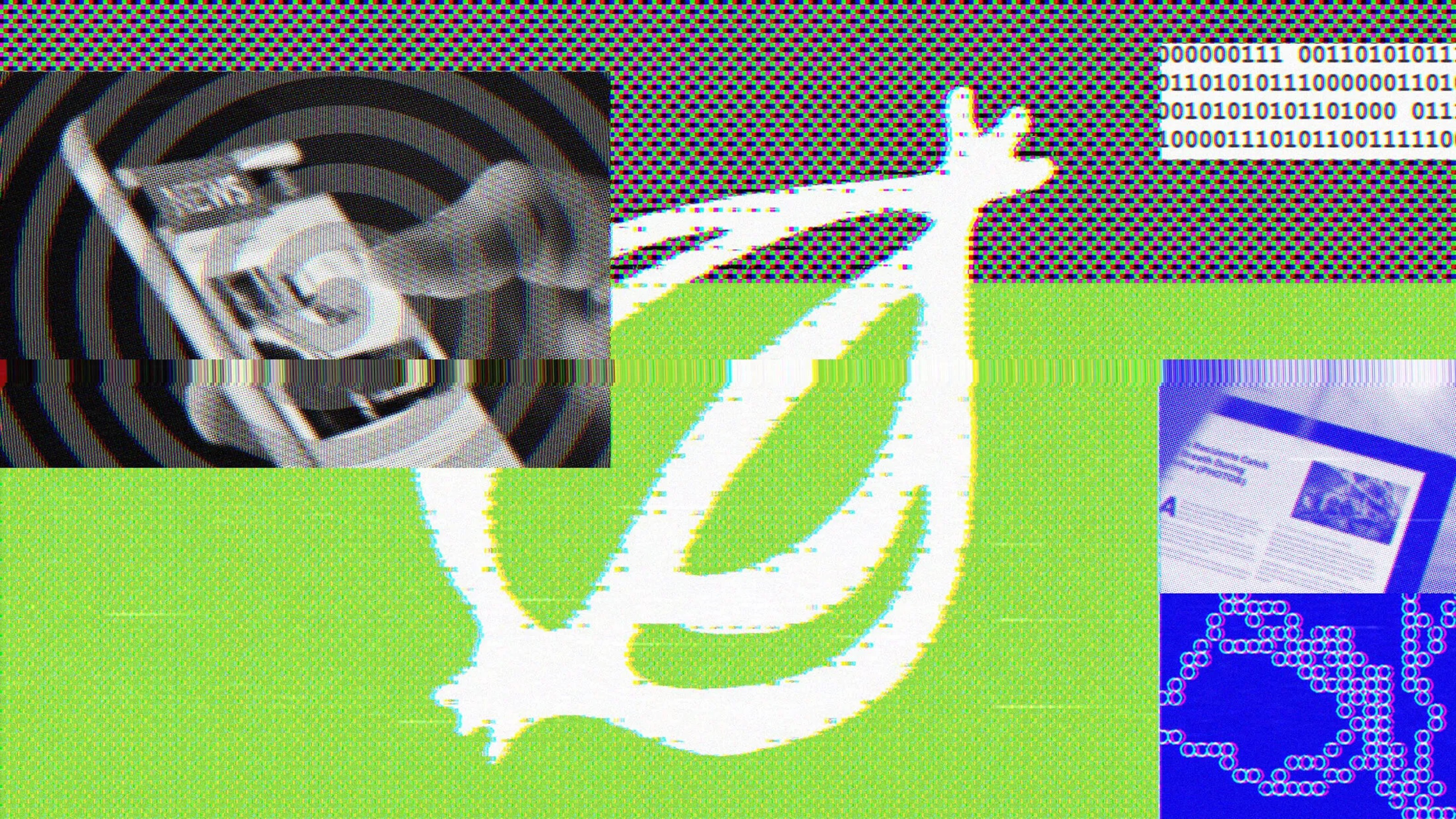Instagram wants to hide how many “likes” posts earn. Here’s why.

Pixabay
- Head of Instagram Adam Mosseri recently outlined an experiment designed to see how users like using Instagram without the ability to see how many “likes” posts receive.
- Research shows that such metrics can lead to social comparison, which can affect self-esteem, depression and anxiety.
- What’s unclear is how Instagram might change its platform if it finds out users overwhelmingly prefer invisible “likes”, but also that the change hurts profits.
If you’re using Instagram in Canada and notice that you can no longer see any “likes” on posts, it’s because you’re part of an experiment that the Facebook-owned company is rolling out this week. The goal is to see how users feel about using the platform when the pressures of racking up likes are removed.
“We want people to worry a little bit less about how many likes they’re getting on Instagram and spend a bit more time connecting with the people that they care about,” Instagram’s head, Adam Mosseri, said Tuesday during Facebook’s annual F8 conference.
Social comparison on platforms like Instagram and Facebook can be stressful, especially for younger users. Of course, users can become distressed from constantly comparing their lives or physical attractiveness to others on the image-based platform. But they suffer a more empirical blow when they post content that gets relatively few likes.
In the new experiment, users would still be able to see how many likes their posts earned, but others wouldn’t.
“For teenagers, this is great because it would no longer highlight levels of popularity of themselves against other kids,” Randi Priluck, a professor and associate dean at Pace University focused on social media and mobile marketing, told CNN. “But they’re still going to see their own likes. People are very driven by rewards so they’re still going to be competing for those likes. It’s not going to fully solve the problem.”
A 2017 study showed that Instagram had the most negative psychological impact on users than any other social media platform, affecting young girls in particular. By hiding the number of “likes” posts receive, Instagram users might feel less pressure to post content that their peers publicly support. Still, it wouldn’t address other social-comparison problems that emerge from using the platform (and those like it), including social exclusion, bullying, fear of missing out, and feeling physically inadequate as a result of the ubiquity of selfie filters.
Also to consider is economics. Instagram influencers earn big money by posting sponsored content, and they’re often compensated according to how many “likes” posts receive. Removing the visibility of received “likes” could change the frequency and manner with which they engage content.
“It will certainly create some near-term inefficiencies in how some of these deals get done,” Kamiu Lee, CEO of influencer marketing platform Activate, told CNN. “In the long term, the industry will figure it out. It will just shift attention to some of these other things.”
So, what will Instagram do if it finds that users prefer having invisible “likes”, but also that this change hurts its bottom line? As major social media companies grapple with growing body of not-quite-new research showing the damaging psychological effects of their platforms, it remains unclear how much they’re willing to pay to make their services a bit healthier to use.





